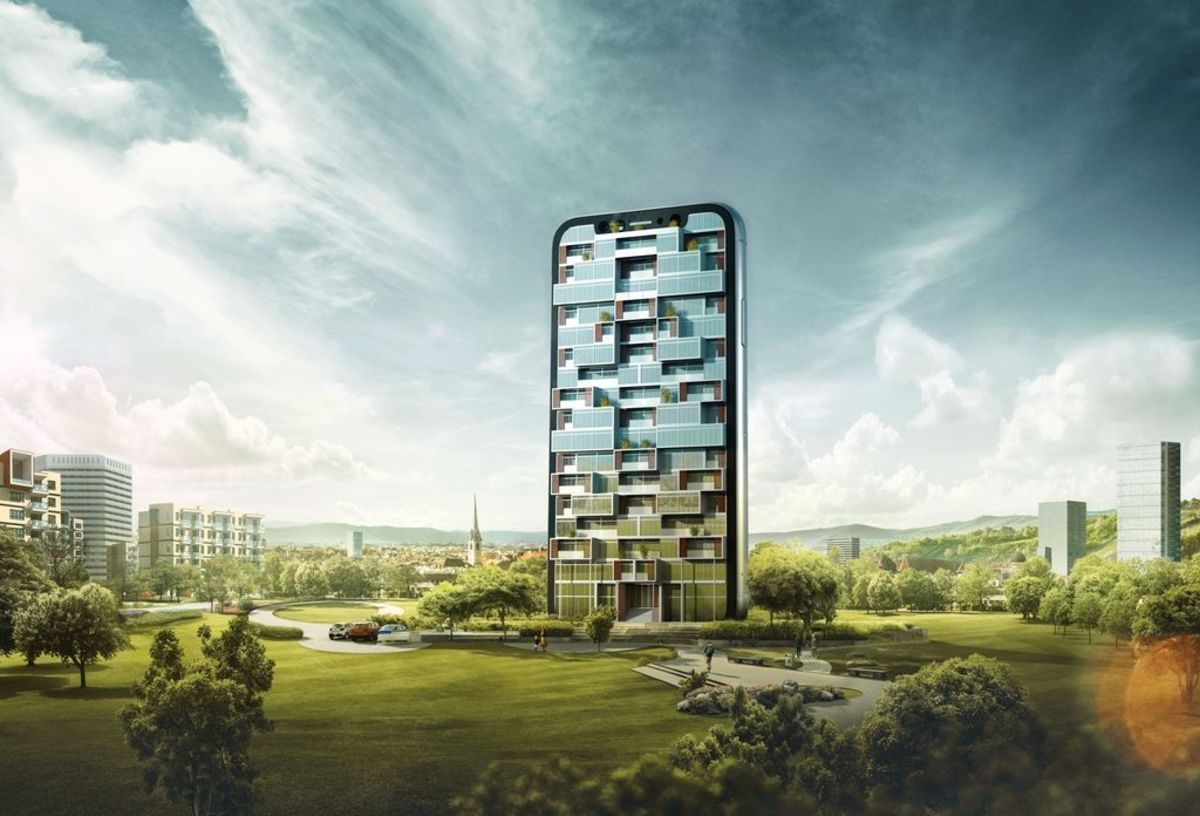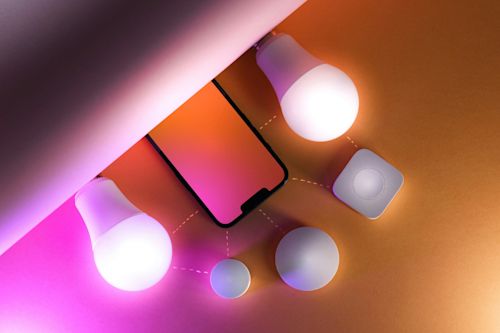Intelligent Buildings and Energy Efficiency: Check Out the Latest Innovations

The rapid development of information and communication technologies is enabling innovations in the design of smart buildings. Owners and occupants can thus benefit from optimized energy efficiency in these structures. We invite you to discover some of these innovations, developed by a booming sector, which are likely to make headlines in the future.
What is a smart building?
A smart building uses advanced technology to create positive-energy infrastructures. These are also known assmart buildings. The application of these solutions concerns both commercial and residential buildings.
The smart devices deployed are calledimmotics systems, based on the term “building” and in reference to home automation systems, which are the smart solutions installed in homes. A centralized intelligence controls a set of devices inside the building: lighting, heating, photovoltaic panels, security system, etc. The goal is to make all the equipment in a building interoperable.
The development of smart buildings, combined with BIM (Building Information Modeling), should help further reduce overall energy consumption and thus decrease the negative impact of our activities on the environment.
Daily comfort managed with precision

It is impossible to discuss the relationship between smart buildings and energy efficiency without mentioning comfort. With aconnected and intelligent central system, it is possible to prepare workspaces before employees arrive. Temperature and lighting are the two easiest elements for immotics to control. The use of thermal cameras or detectors allows these parameters to be adjusted throughout the day, depending on room occupancy.
Connected to smartphones, these elements could also be directly controlled by employees to optimize their comfort and the energy consumption of the room they occupy. Voice control is also possible through voice assistants.
Connected elevators
Elevators are not exempt from digitalization. Several equipment manufacturers are working to develop new technologies to better meet the needs of building occupants. These include remote call services and floor programming. Such options allow for greater control over entries and exits within a building. Programming limits access authorizations to certain floors. In addition, it could optimize user flows to reduce waiting times.
The touch screens of these elevators could offer multimedia content such as information about the building or new service offerings. By connecting elevators to a central artificial intelligence system, it will be possible to bring many energy and utility improvements to the infrastructure.
Security at the heart of immotics
One of the challenges of immotics is probably theaccessibility of buildings, whether for professional or residential use. Today, there are connected solutions that allow real-time control of access within infrastructures. Information is collected and stored in a central system.
The sector aims to go further. Some players want to offer complete video surveillance systems, connected to a central intelligent system that relays detected anomalies or intrusions to operators in real time. Digital locks also represent a promising future for combating break-ins and controlling who accesses which part of the building.
Managing electrical supply
For buildings such as hospitals and clinics,the availability of the electrical networkis essential for carrying out routine healthcare operations. Operating rooms, imaging devices, respiratory support equipment, refrigeration units for medical products, etc. It is hard to imagine any of these devices being deprived of electricity. When a failure occurs, lives are quickly at risk. The cost of damaged equipment can also be very high.
In a crisis situation, immotics proposes moving from a reactive capacity to aproactive routine. Instead of reacting quickly after a problem occurs, why not anticipate it? Thus, installing an emergency microgrid based on alternative energy sources would immediately correct a total or partial loss of electrical supply in a sensitive structure. An intelligent system would organize the distribution of electricity from this backup device to essential equipment and units.
Immotics software is also able to correct or report failures related to the electrical supply on the network. Weather events, such as floods or heatwaves, can affect the electrical installation or equipment. Artificial intelligence would be able to act ahead of a crisis to protect the electrical installation and the devices connected to it.
Managing electronic equipment
Continuing from the management of electrical supply, let’s address that of electronic equipment. In professional buildings, it may be beneficial to entrust themanagement of computers and production machinesto a centralized computerized system.
Certain machines or PCs have no reason to run all night or remain on standby. Completely disconnecting these devices from the electrical circuit would result in significant energy savings. Thanks to specialized immotics software, companies can schedule the operation of certain equipment according to predetermined timetables. A great response to the energy crisis.
Air conditioning through windows
Air conditioning systemsare regularly criticized for their energy consumption. In fact, air conditioning accounts for about 15% of global energy consumption. Researchers at the University of Notre Dame in Indiana (United States of America) are developing a revolutionary way to cool a room using atransparent window coating.
The researchers, with the help of artificial intelligence, have designed a film that is applied to windows. It is made up of several ultra-thin layers of materials to filter ultraviolet and near-infrared rays, which are the parts of the light spectrum that heat a closed room. For optimal operation, this innovation still needs to be combined with an immotics solution that would efficiently control it within the building where it is deployed.
In a context of energy crisis and ecological transition, the relationship between smart buildings and energy efficiency presents itself as an efficient solution. The coming decade is promising in terms of the development of technologies that will disrupt our daily lives in the construction of buildings for professional and residential use. Changes that will improve our comfort and our relationship with the environment, which also involves an adaptability of urban planning.



